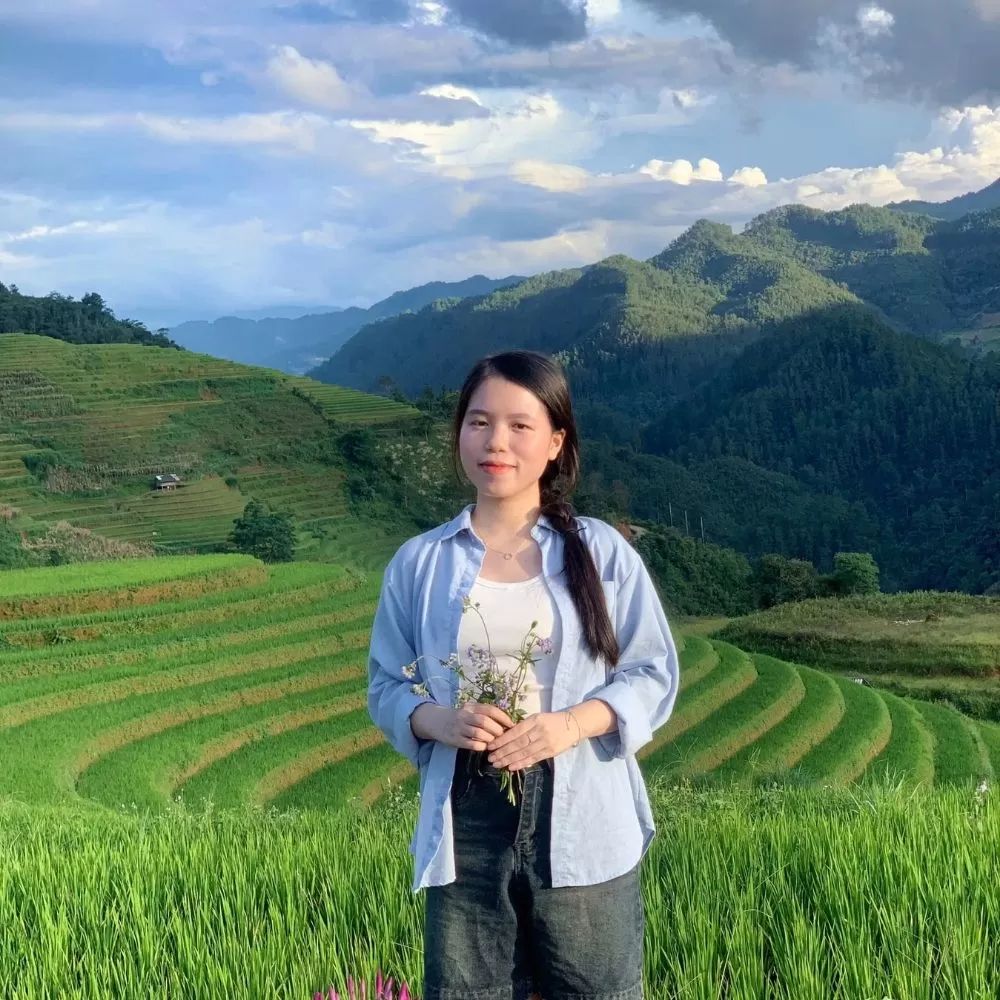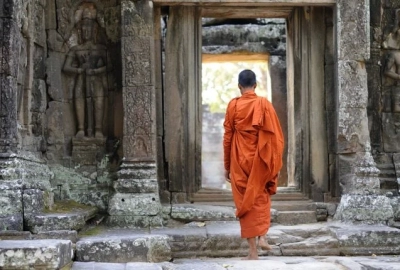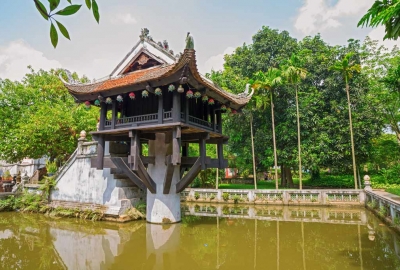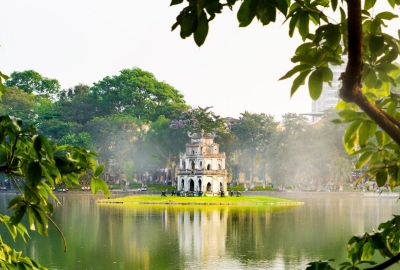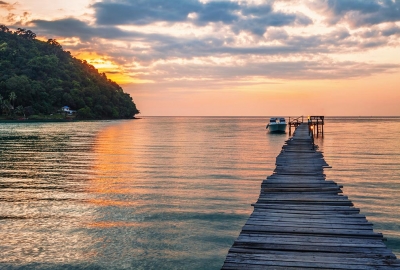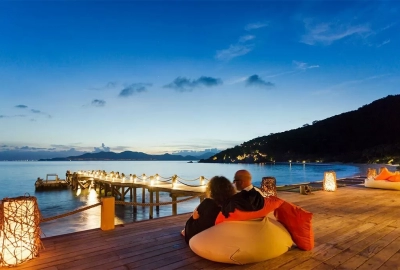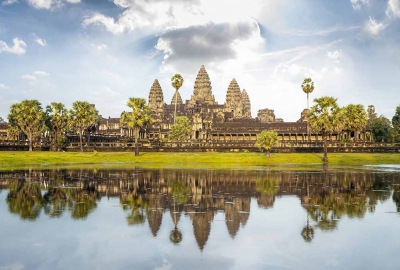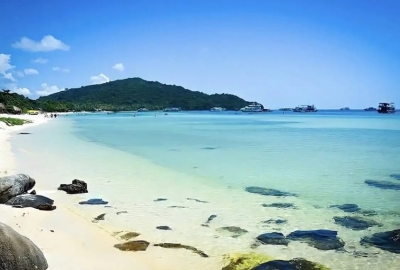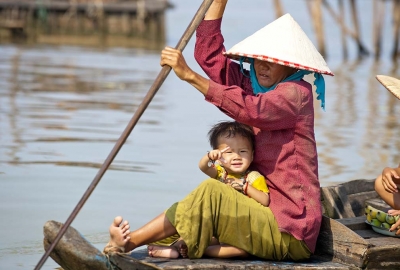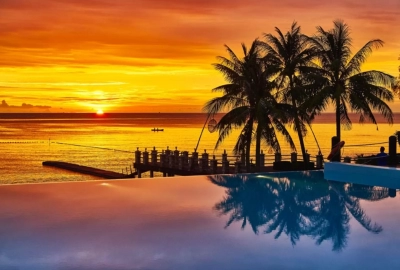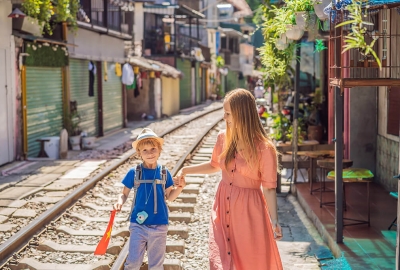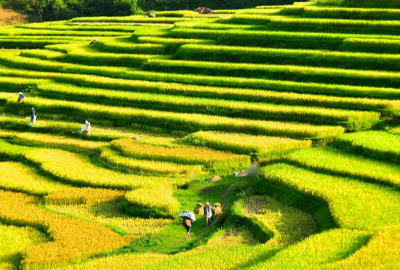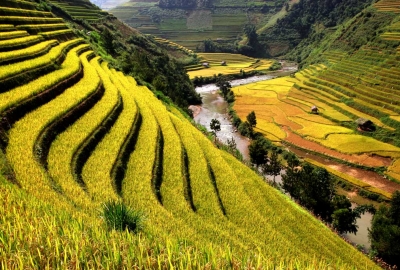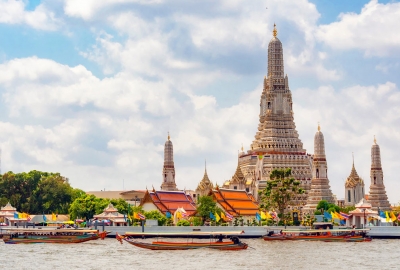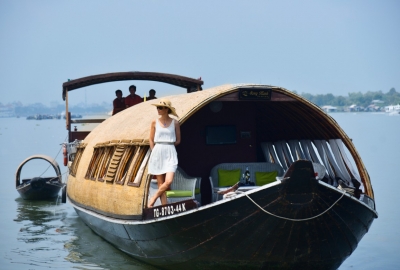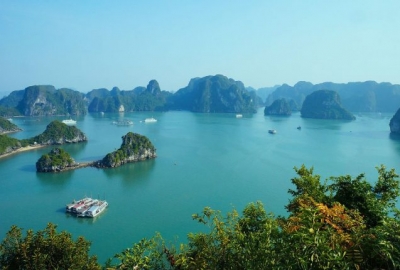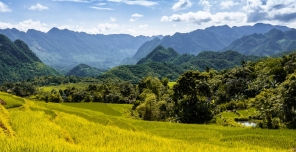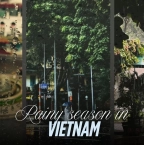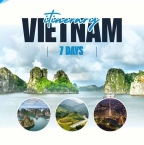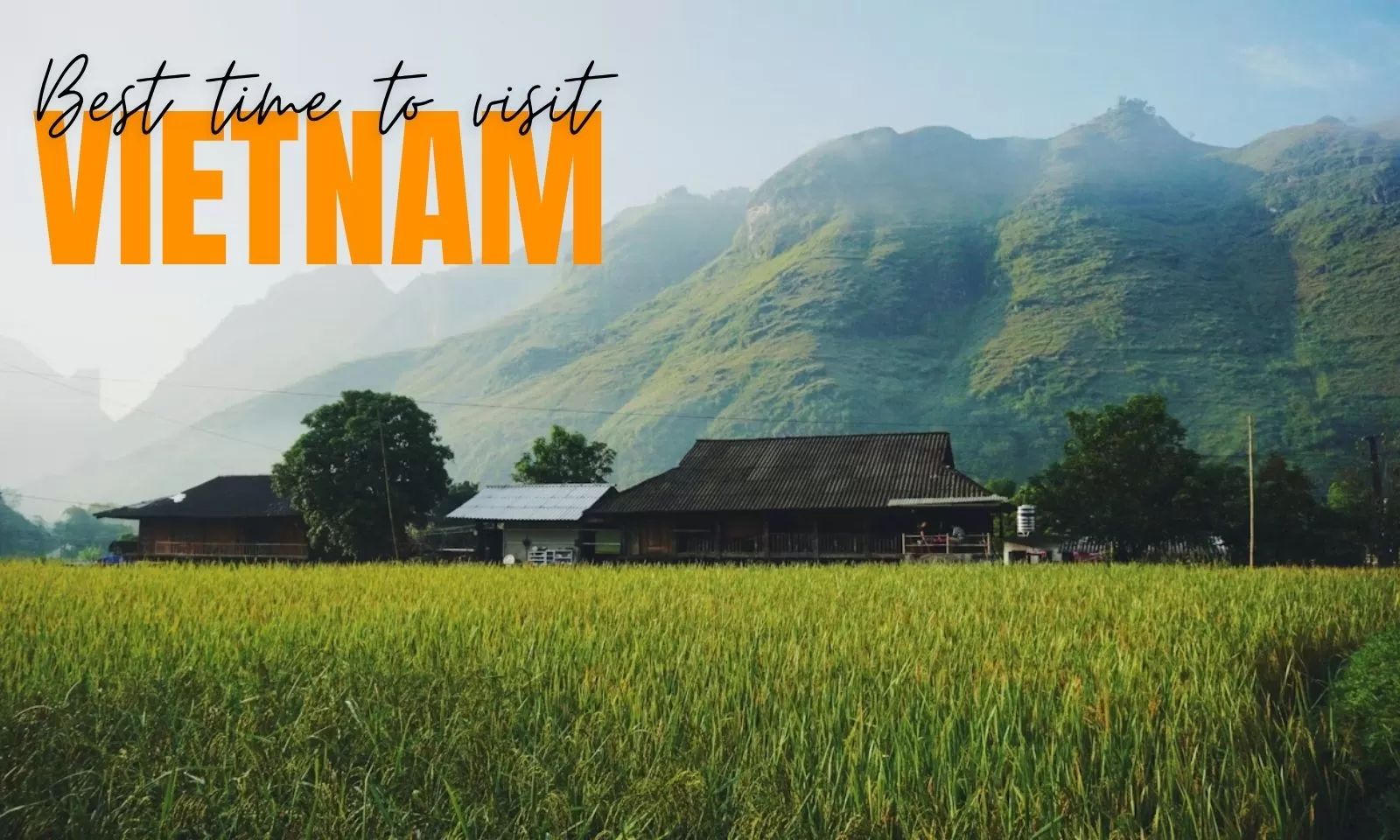
Best time to visit Vietnam for first-time travelers

Vietnam is a beautiful and welcoming country that offers something for every traveler. From the peaceful rice fields in the north to the sunny beaches in the south, each region has its own charm. With a tropical monsoon climate that varies across the country, Vietnam experiences different seasons depending on where you go - which makes timing your trip important.
In this perfect travel guide, we’ll help you figure out the best time to visit Vietnam based on weather by region, popular travel seasons, local festivals and helpful tips. Whether you're heading north, central, or south, you’ll find helpful tips to plan the perfect itinerary.
From the first step to the final memory, explore Vietnam in your way — with the expert support of Hanoi Voyages.
Table of Contents
Best time to go to Vietnam by region
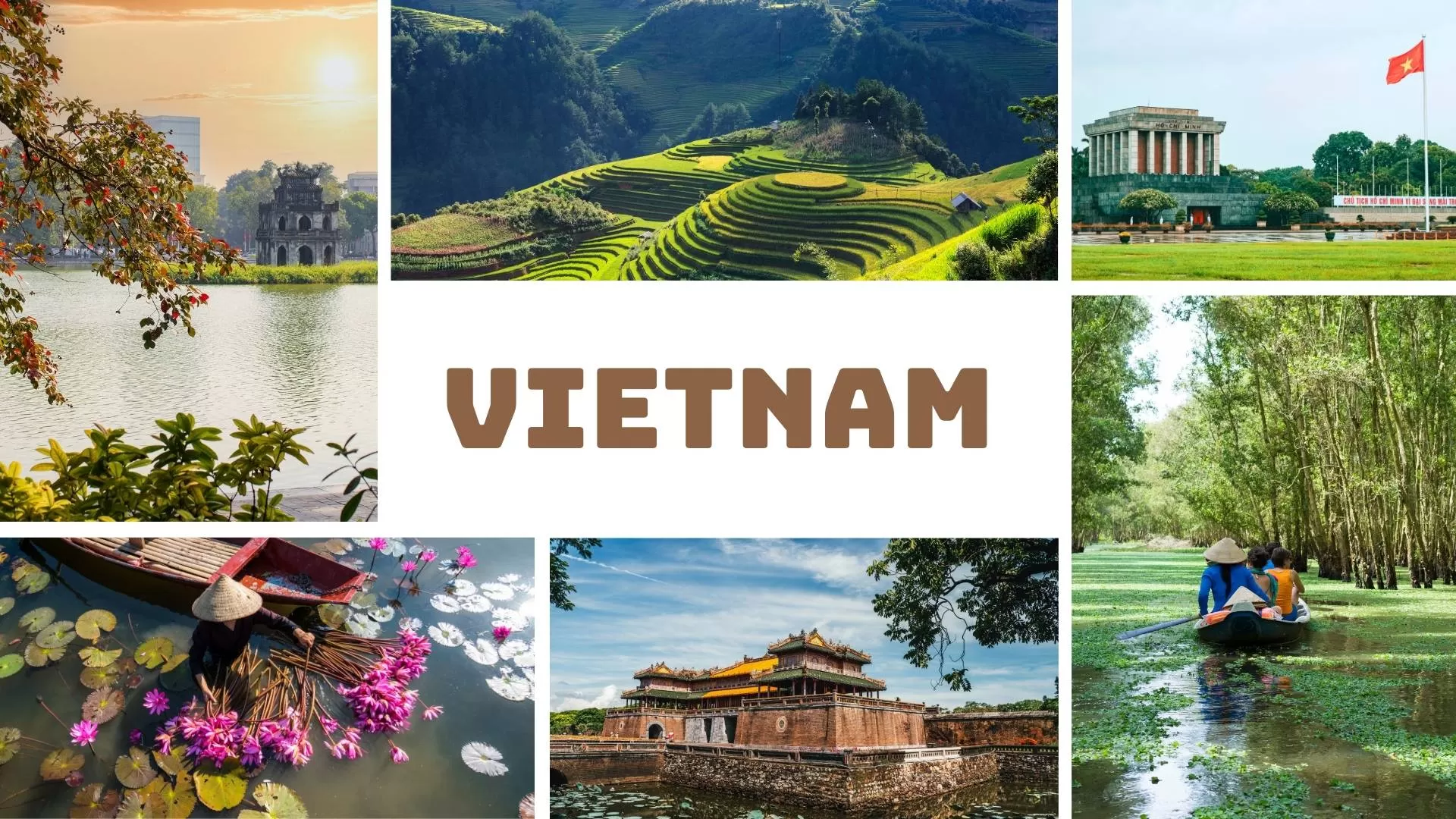
Vietnam’s climate varies greatly from north to south, which means the best time to travel to Vietnam can depend on the region you plan to visit. Let’s explore the best time to go by region so you can plan your trip accordingly.
Northern Vietnam weather guide
Northern Vietnam, which includes Hanoi, Ha Long Bay, Ninh Binh and the mountainous regions like Sapa and Ha Giang, experiences four distinct seasons - spring, summer, autumn and winter. This region offers a rich variety of landscapes and cultural experiences, but the weather can change dramatically throughout the year.
Spring (March - April) |
|
Summer (May – August) |
|
Autumn (September – November) |
|
Winter (December – February) |
|
What are the best places to visit?
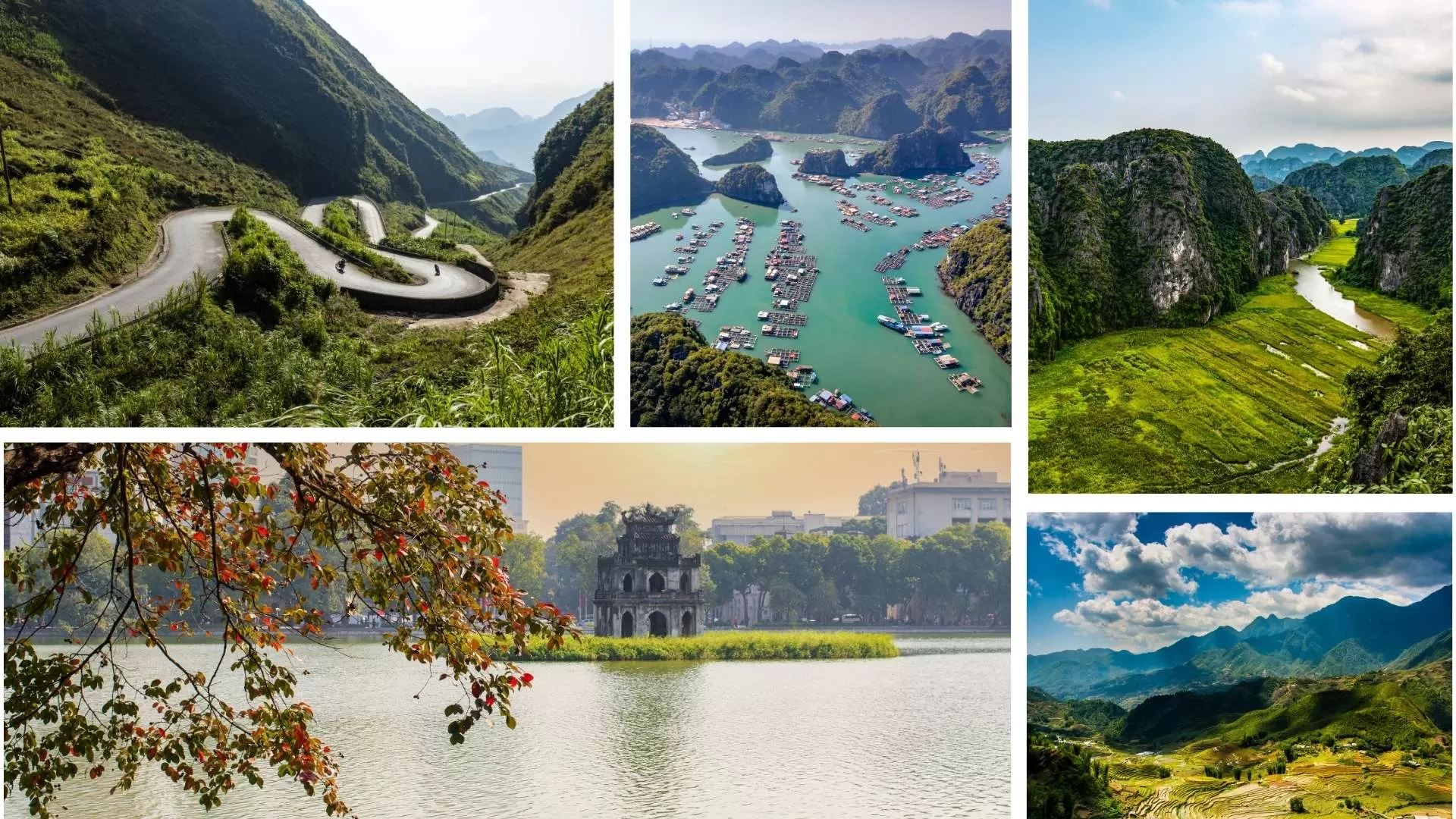
Hanoi – The capital is lovely in spring and autumn, with pleasant temperatures perfect for exploring the Old Quarter, temples and street food scenes.
Ha Long Bay – Best visited in spring (March–April) and autumn (October–November) when the skies are clear and the sea is calm - ideal for cruising and kayaking.
Sapa & Ha Giang – These mountainous areas are spectacular in autumn (September–October), especially during rice harvest season. Trekking is also popular in spring when the weather is cool and the valleys are green.
Ninh Binh – Often called “Ha Long Bay on land”, Ninh Binh is most beautiful in late spring when rice fields turn vibrant green, or in early autumn when the landscape is golden.
Each destination in the north offers something unique and choosing the right time to go can truly elevate your experience.
You can also refer: Exploring Northern Vietnam: Top attractions and experience
Central Vietnam weather guide
Stretching from the coastal cities of Hue and Da Nang to the charming town of Hoi An and the sunny beaches of Nha Trang, Central Vietnam has a weather pattern that’s quite different from the north and south. The region experiences a mix of tropical and monsoon climates, with a distinct dry and rainy season.
Dry season (February – August): This is the most popular time to visit, with warm, sunny weather and low rainfall. Temperatures range from 25°C to 35°C (77°F to 95°F), with March to May offering the most pleasant climate before the peak summer heat arrives.
Rainy season (September – December): Rainfall increases significantly, especially from October to November, when the region is occasionally affected by tropical storms or typhoons. Temperatures during this time range from 22°C to 28°C (72°F to 82°F).
What are the best places to visit?
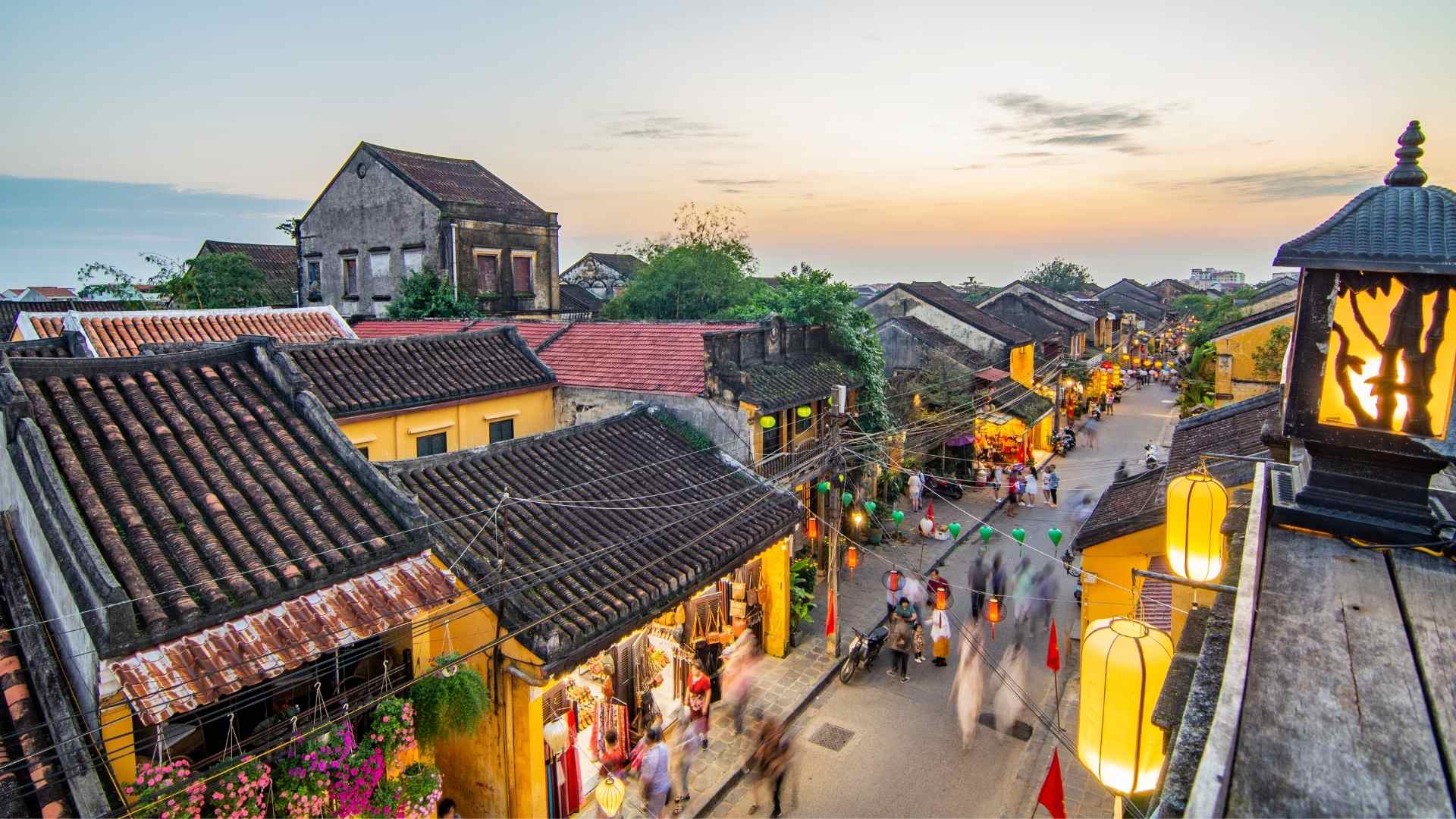 | 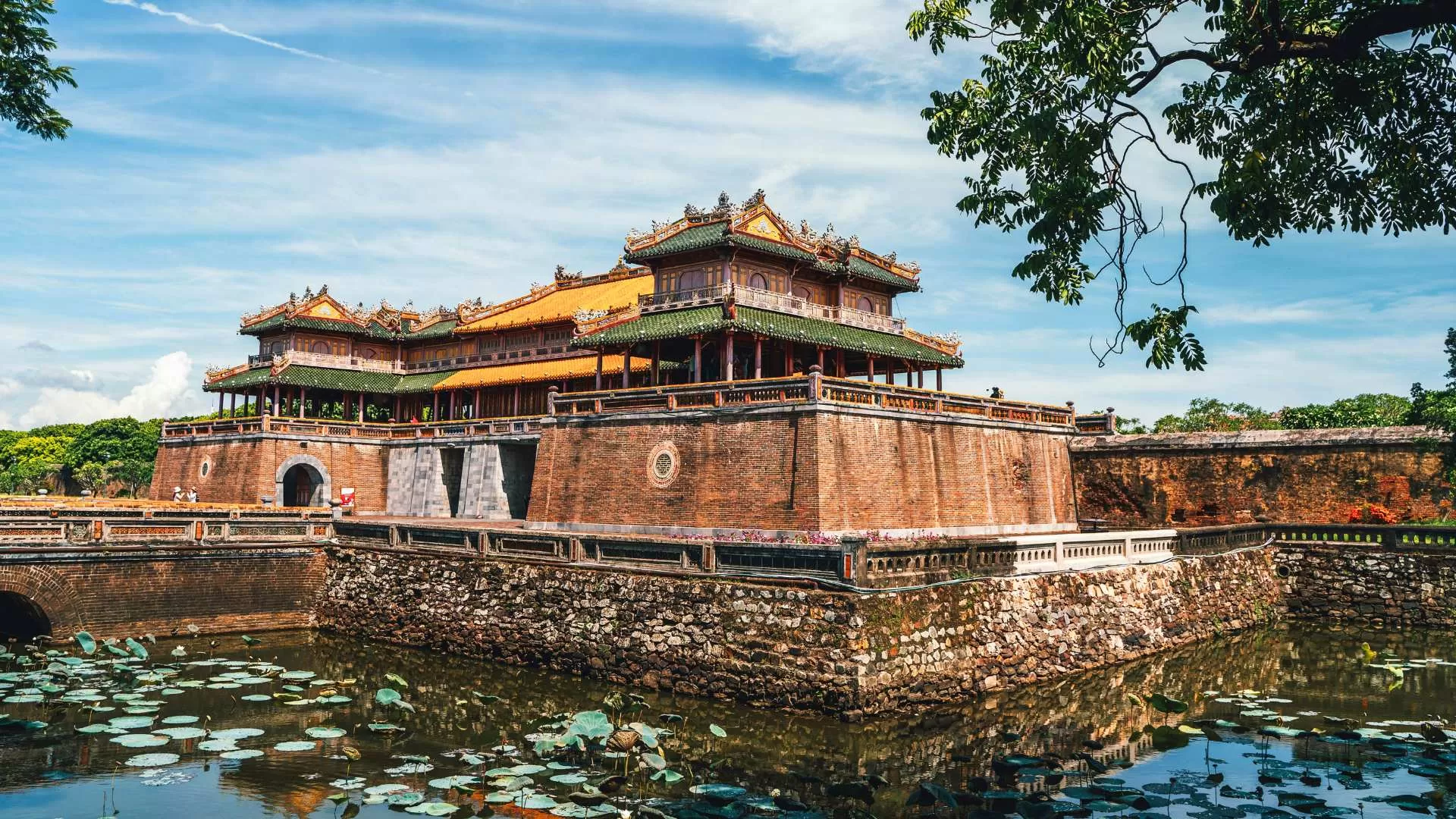 |
Da Nang - Hoi An Best visited from February to May. The lantern-lit streets, riverside cafes and old town charm are most enjoyable without rain. | Hue Ideal from March to May, when temperatures are comfortable for exploring the Imperial City, pagodas and royal tombs. |
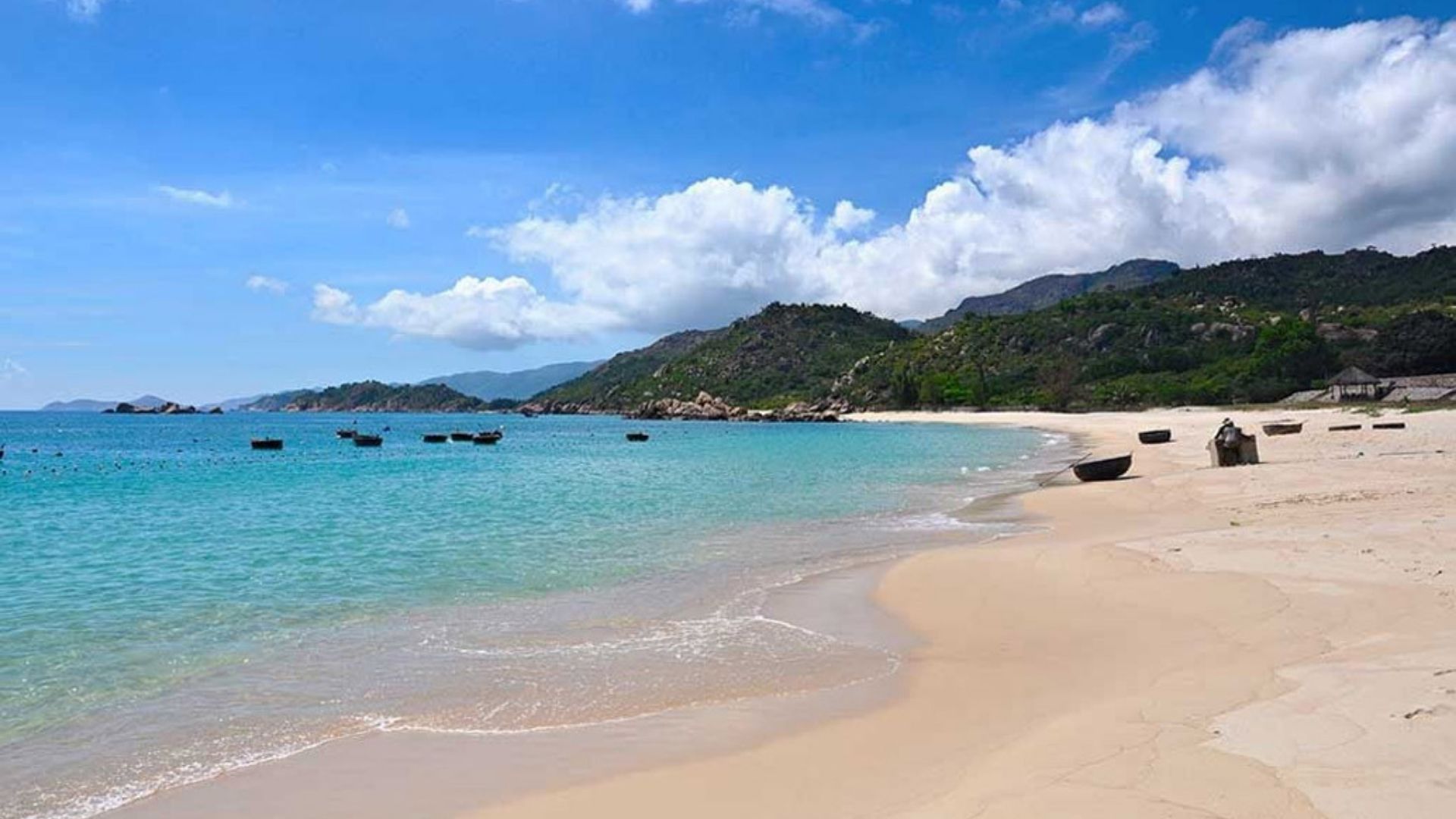 |  |
Nha Trang The best time to visit is April to August, when the sea is calm and the beaches are at their best. | Phong Nha – Ke Bang National Park Great for adventure seekers, especially in March to August, when caves are open and trekking is safe. |
Check more information: Best things to do in Central Vietnam
Southern Vietnam weather guide
Southern Vietnam - including Ho Chi Minh City, the Mekong Delta and Phu Quoc Island - has a tropical climate with two main seasons: the dry season and the Vietnam rainy season. Unlike the north and central regions, the south remains warm all year round, making it a popular destination no matter when you visit.
Dry season (December – April)
This is widely considered the best time to visit Vietnam’s southern region, with temperatures ranging from 28°C to 35°C (82°F to 95°F).
Skies are mostly clear, humidity is lower and outdoor activities like boat tours in the Mekong Delta or beach trips to Phu Quoc are ideal.
Rainy season (May – November)
The Vietnam rainy season brings frequent afternoon showers, higher humidity and occasional flooding in low-lying areas.
However, rain often comes in short bursts and is followed by sunshine. Temperatures during this period stay between 26°C and 33°C (79°F to 91°F), making it possible to travel if you’re flexible with your plans.
What are the best places to visit?
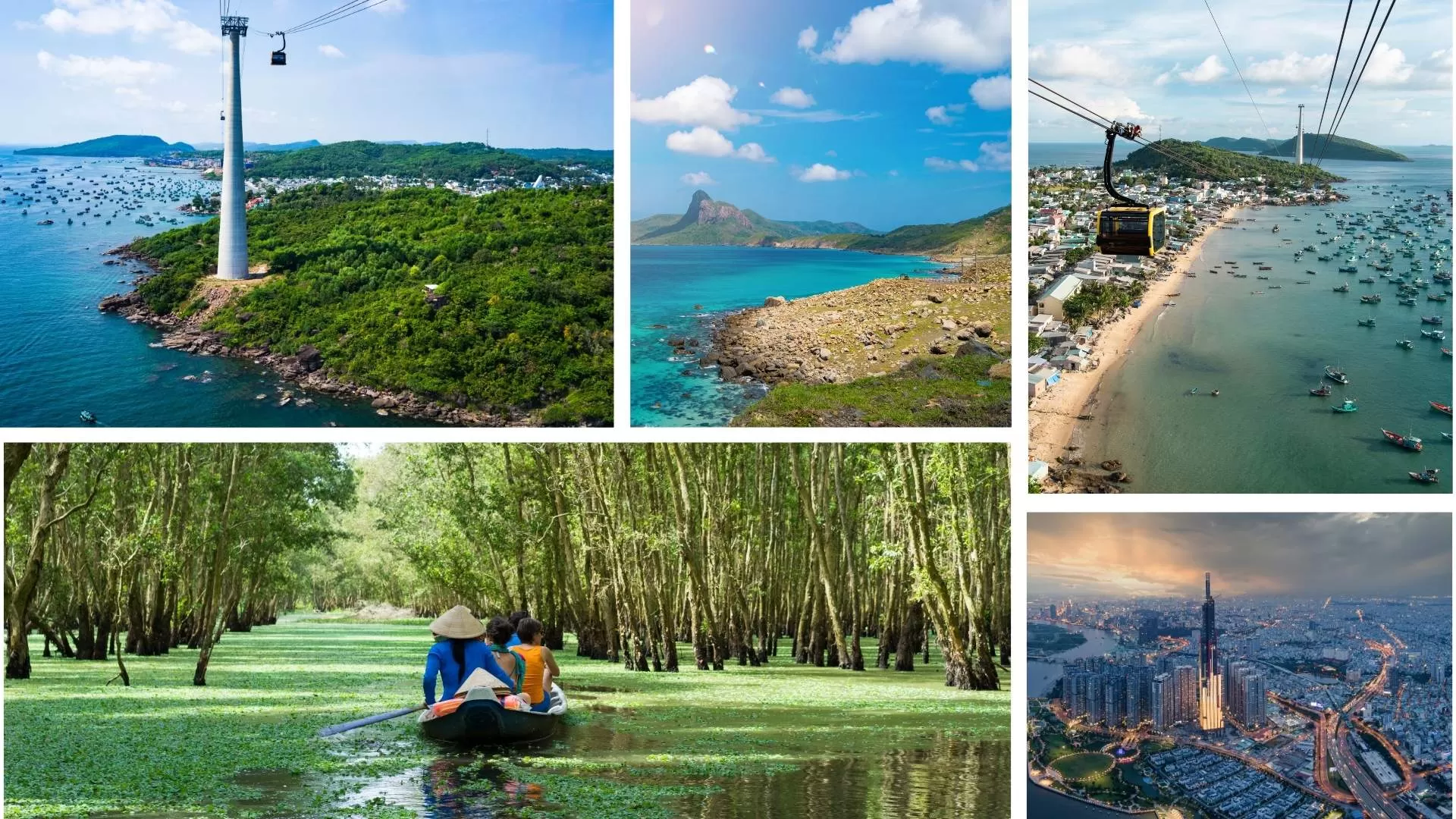
Ho Chi Minh City (Saigon) – A bustling metropolis blending French colonial charm with modern energy. The best time to go to Vietnam if you want to explore this city is during the dry season (December to April) when it's hot but less humid.
Mekong Delta – Ideal from January to March, when the water levels are stable and the weather is comfortable for boat tours, floating markets and local village visits.
Phu Quoc Island – Known for its white-sand beaches and laid-back vibe, Phu Quoc shines in the dry months (December to March), offering clear skies and calm seas - perfect for beach lovers and snorkelers.
Con Dao Islands – A quieter beach escape, best visited between February and July, when marine life is active and the sea conditions are ideal for diving and swimming.
If you’re planning your itinerary, remember that the best time to travel to Vietnam for southern destinations is usually during the dry season, when travel conditions are easiest and outdoor experiences are most enjoyable.
You can also read: Discover Southern Vietnam: Must-visit places and experiences
Recommended best season for every travelers
The best time of year to visit Vietnam can vary depending on your travel style and what kind of experiences you’re looking for. Here's a quick guide to help you choose the right season based on your preferences:
For first-time travelers: Go between March and April or October and November, when the weather is generally pleasant across all regions and crowds are manageable.
For beach lovers: Visit the central and southern coast from February to August for sunny skies and calm seas - perfect for swimming, sunbathing and island hopping.
For adventure seekers and trekkers: The best time of year to visit Vietnam for hiking in places like Sapa or Ha Giang is from September to November, when the air is crisp and rice terraces turn golden.
For cultural and festival enthusiasts: Time your visit around January or February to experience Tet (Lunar New Year) - Vietnam’s most important and colorful celebration.
For budget travelers: Consider the shoulder seasons (May or September), when prices are lower and destinations are less crowded, though some rain may occur.
Vietnam weather by month: The detailed guide
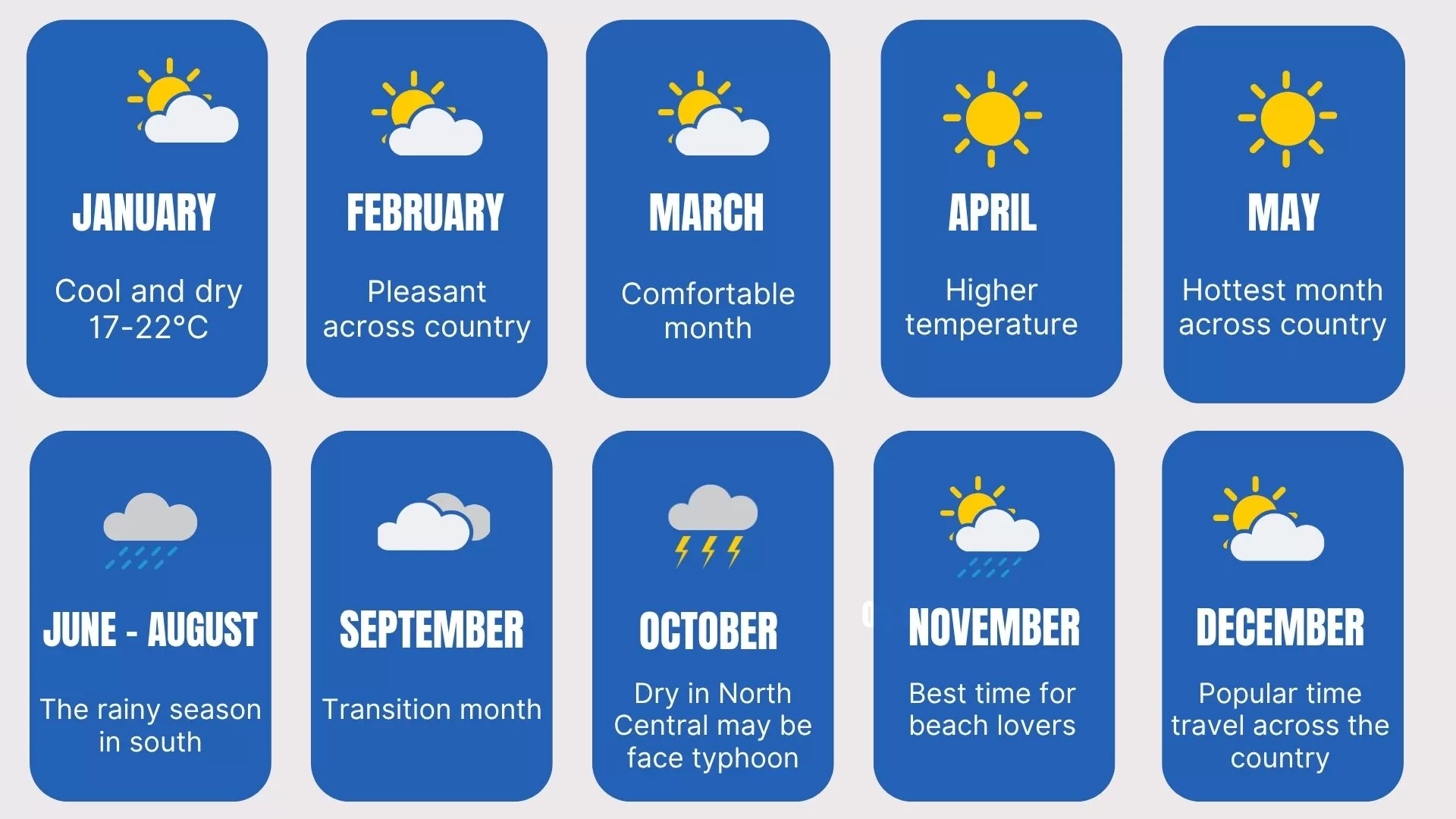
Understanding Vietnam weather by month will help you choose the right destinations and activities for your trip - whether you’re chasing sunshine, avoiding storms, or timing your visit with rice harvests and festivals.
January: Cool and dry in the north (~17–22°C), perfect for sightseeing in Hanoi or Sapa. Central and southern Vietnam enjoy mild, sunny weather - ideal for beach trips and outdoor adventures.
February: Weather remains pleasant across the country. Northern regions may still be chilly, but Central and Southern Vietnam are warm and dry. Tet (Lunar New Year) often falls in this month - a festive time to visit.
March: One of the most comfortable months to travel. North Vietnam warms up (~20–25°C), central beaches start to shine and southern areas remain dry. A great month across all regions.
April: Temperatures rise nationwide. Northern Vietnam enters spring, central areas get hotter (~28–32°C) and the south becomes more humid. Still a good time to travel before the rains begin.
May: Hot in most regions and the Vietnam rainy season begins in the south. Northern hills (like Sapa) are green and beautiful. Some central areas may start getting afternoon showers.
June – August: The rainy season hits the south and parts of the center. Northern Vietnam is hot and humid. Da Nang and Hoi An often remain sunny during this time, making them good options for summer travel.
September: Transition month: the north cools down, but rains continue in central and southern areas. It’s a stunning time to visit northern mountains during rice harvest season.
October: One of the best months to visit North Vietnam - dry, clear and cool. Central regions may face typhoons, while the south starts to see less rain.
November: Weather improves in all regions. The north is crisp and dry, the central coast recovers from storm season and the south enters dry season - great for beach lovers.
December: Comfortable temperatures in the north (~16–22°C), sunny and dry in the south. Central Vietnam is cooler but less rainy. A popular time for travelers across the country.
At Hanoi Voyages, we offer other exciting tour packages that let you experience the best of Vietnam’s beauty.
CHOOSE AN IDEA and we will plan your trip together!
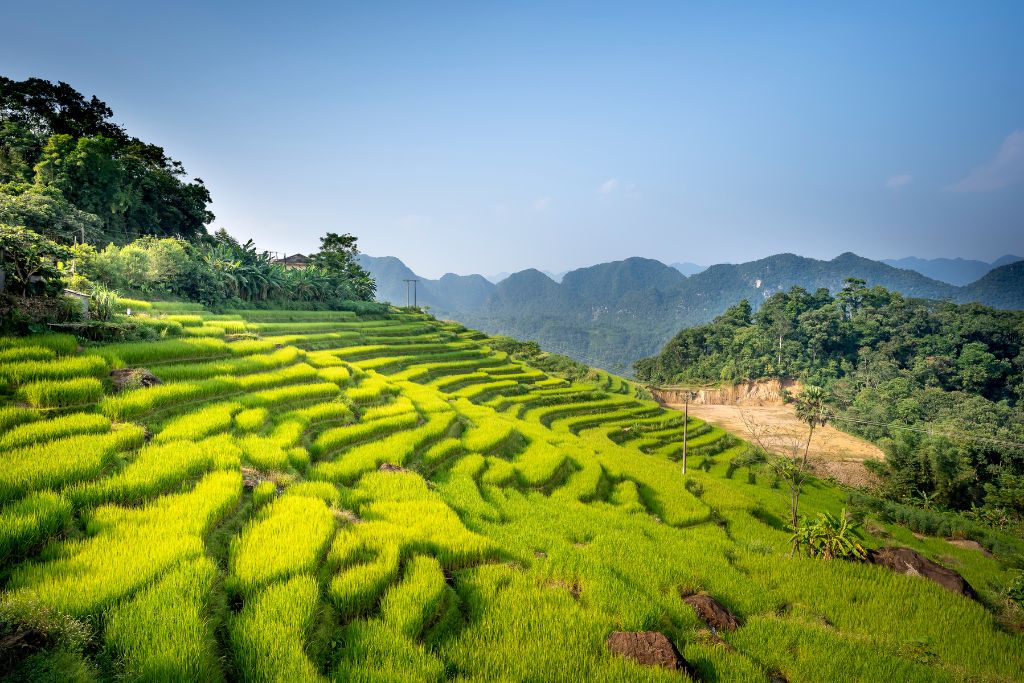 |  |  |
Vietnam family tour 18 days: Discover UNESCO sites and the stunning Pu Luong Reserve. Enjoy a diverse adventure that's perfect for all ages | Honeymoon in Vietnam 12 Days. Luxury, charm, ethnic cultures, rice fields and a cruise exploring Northern Vietnam plus 3 days sailing from Halong to Phu Quoc | Vietnam 15 days beach extension Vietnam tour 15 days, featuring a relaxing beach extension in Phu Quoc. Discover vibrant culture, stunning landscapes and serene shores |
In addition, our pre-designed tours, we can tailor-make trips that perfectly suit your needs. Don't wait any longer - get in touch with us now to plan an unforgettable journey with the best services just for you!
Best time to travel to Vietnam for special occasions
Planning your trip around festivals and national holidays is a great way to experience the culture and spirit of Vietnam. Here are some of the most special times of the year to visit
Tet holiday (Lunar New Year)

Lunar New Year is the most significant celebration in Vietnam. As it follows the lunar calendar, the exact date of Tet changes each year, but it usually takes place between mid-January and late February.
The best time to visit Vietnam during Tet is about a week before the official holiday begins, when streets are lively with flower markets, Tet traditional foods and festive decorations. It’s a wonderful time to witness how deeply tradition is woven into everyday life. Just note that many shops and restaurants close during the first days of Tet, so plan accordingly.
Hue festival
Held every 2 years in April, June, or July, the Hue Festival is a major cultural event celebrating Vietnam’s imperial heritage. It features traditional music, royal ceremonies, street performances and international art shows. The festival lasts about 6–8 days and draws thousands of visitors.
This is truly the best time to go to Vietnam for anyone passionate about culture, history and immersive local experiences.
Mid-Autumn Festival
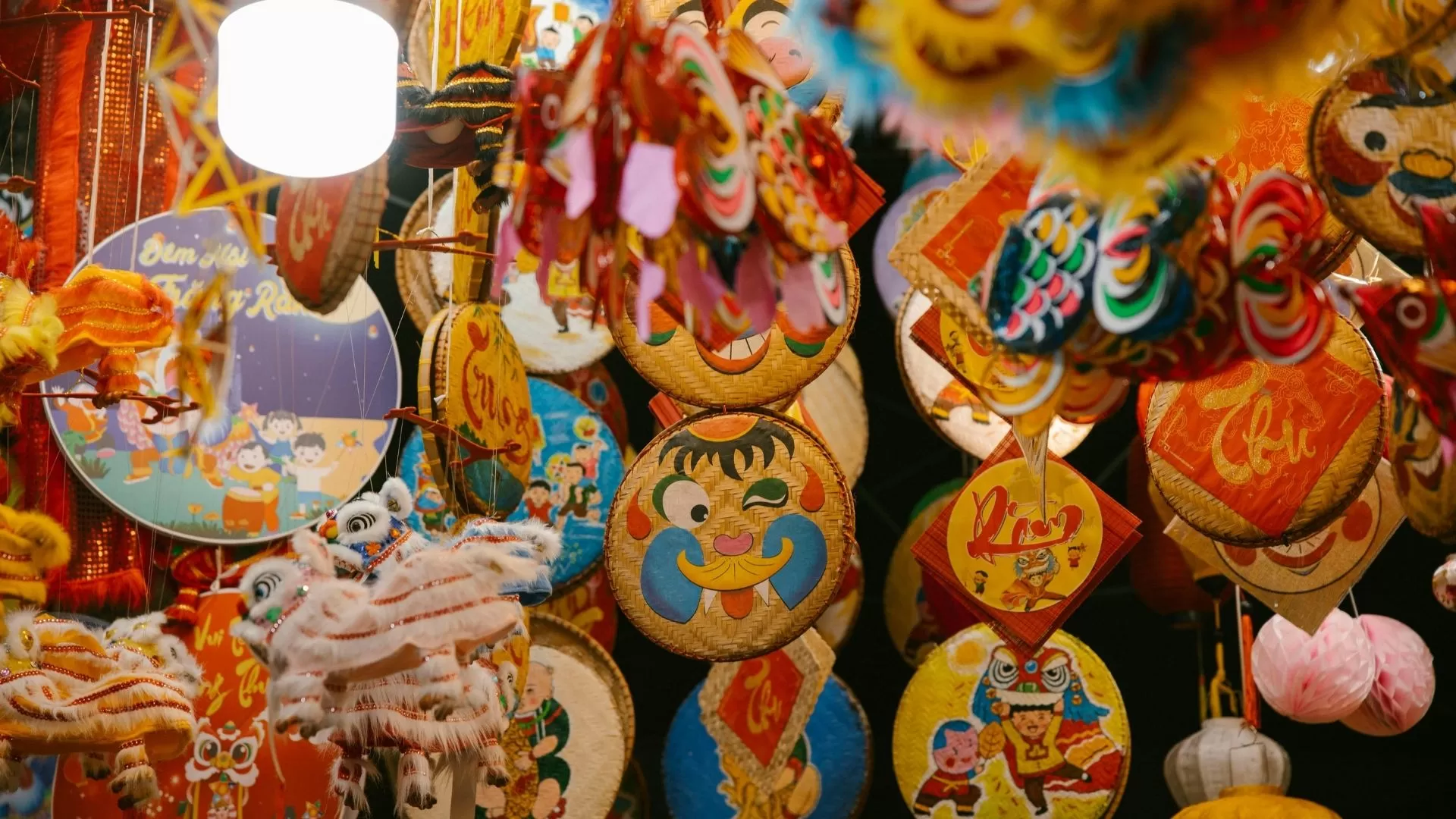
Celebrated on the 15th day of the 8th lunar month (usually in September), the Mid-Autumn Festival is one of Vietnam’s most colorful and joyful traditions. Streets light up with lanterns, children join lion dances and families share mooncakes. Hoi An and Hanoi’s Old Quarter are among the best places to experience the full charm of this holiday.
Read more details: Top 9 Vietnam festivals: Must-see cultural celebrations & events
Hoi An Lantern Festival
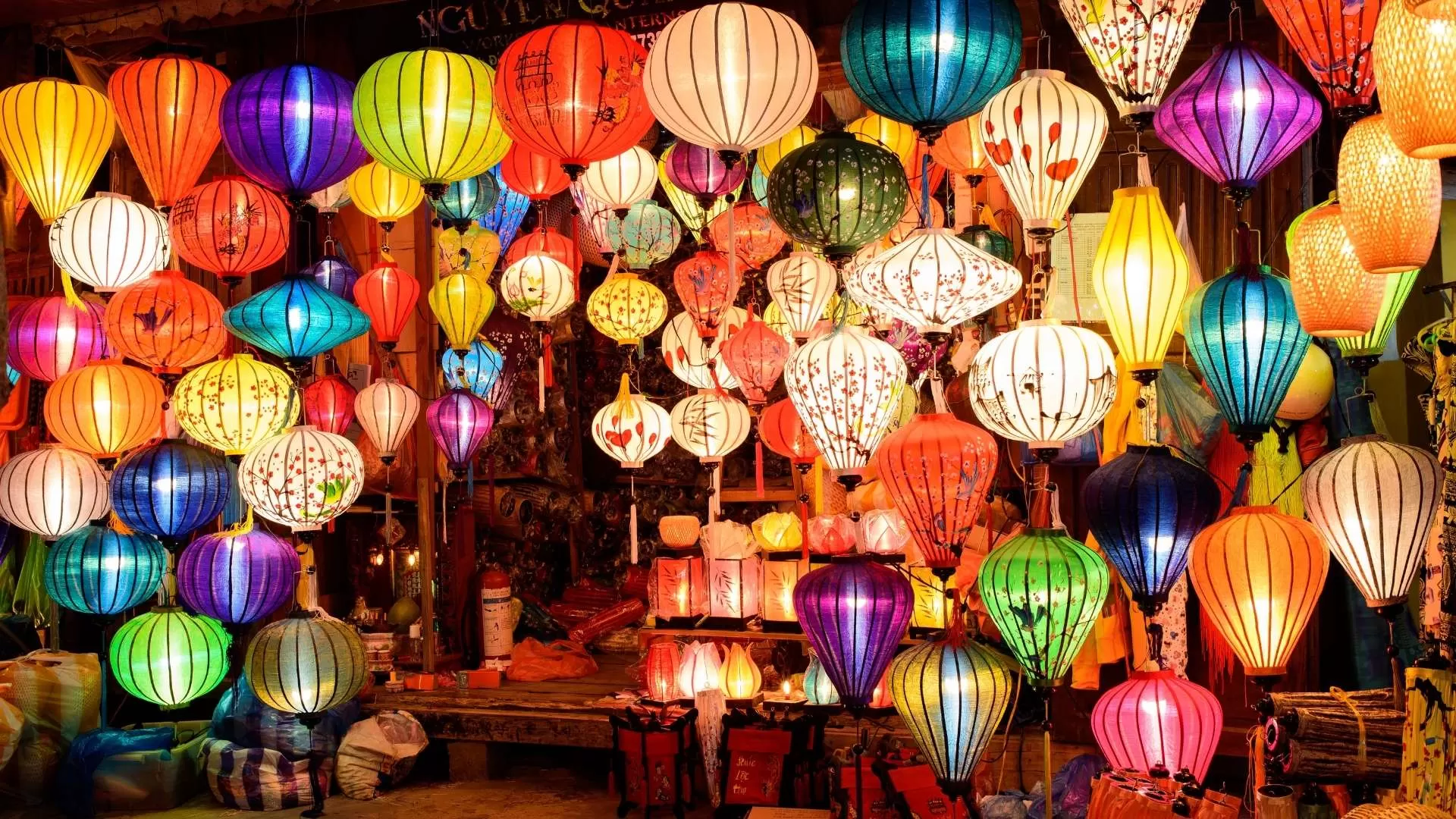
On every full moon night, the old town of Hoi An dims its electric lights and glows with handmade lanterns. Locals float candles on the river, creating a serene and spiritual ambiance. It’s a magical time to visit and it happens 12 times a year — no need to wait for a big annual festival.
For those who love quiet beauty and cultural charm, the lantern festival is a peaceful highlight of any trip. Without a doubt, it's one of the best times to travel to Vietnam if you're visiting Hoi An or nearby central regions.
National Independent Day
Independence Day marks the anniversary of Vietnam’s declaration of independence in 1945. It’s a national public holiday filled with parades, flag-waving and fireworks - especially in major cities like Hanoi and Ho Chi Minh City. Government buildings and streets are decorated in red and gold and the atmosphere feels proudly patriotic.
The best time to go to Vietnam for travelers interested in national history and festive energy is early September.
Choosing the best time to visit Vietnam depends on where you want to go and what kind of experience you're after - from cool mountain adventures in the north to sunny beach days in the south, or lively cultural festivals across the country. By understanding Vietnam’s weather patterns and key travel seasons, you can make the most of your journey.
No matter when you visit, Vietnam promises unforgettable scenery, warm hospitality and rich cultural encounters. Ready to plan your ideal trip? Let your travel dates match your dreams - and let Vietnam do the rest.
Dream about your trip to Asia, in private
We are here to make it happen with youFREE QUOTE, WITHOUT OBLIGATION

